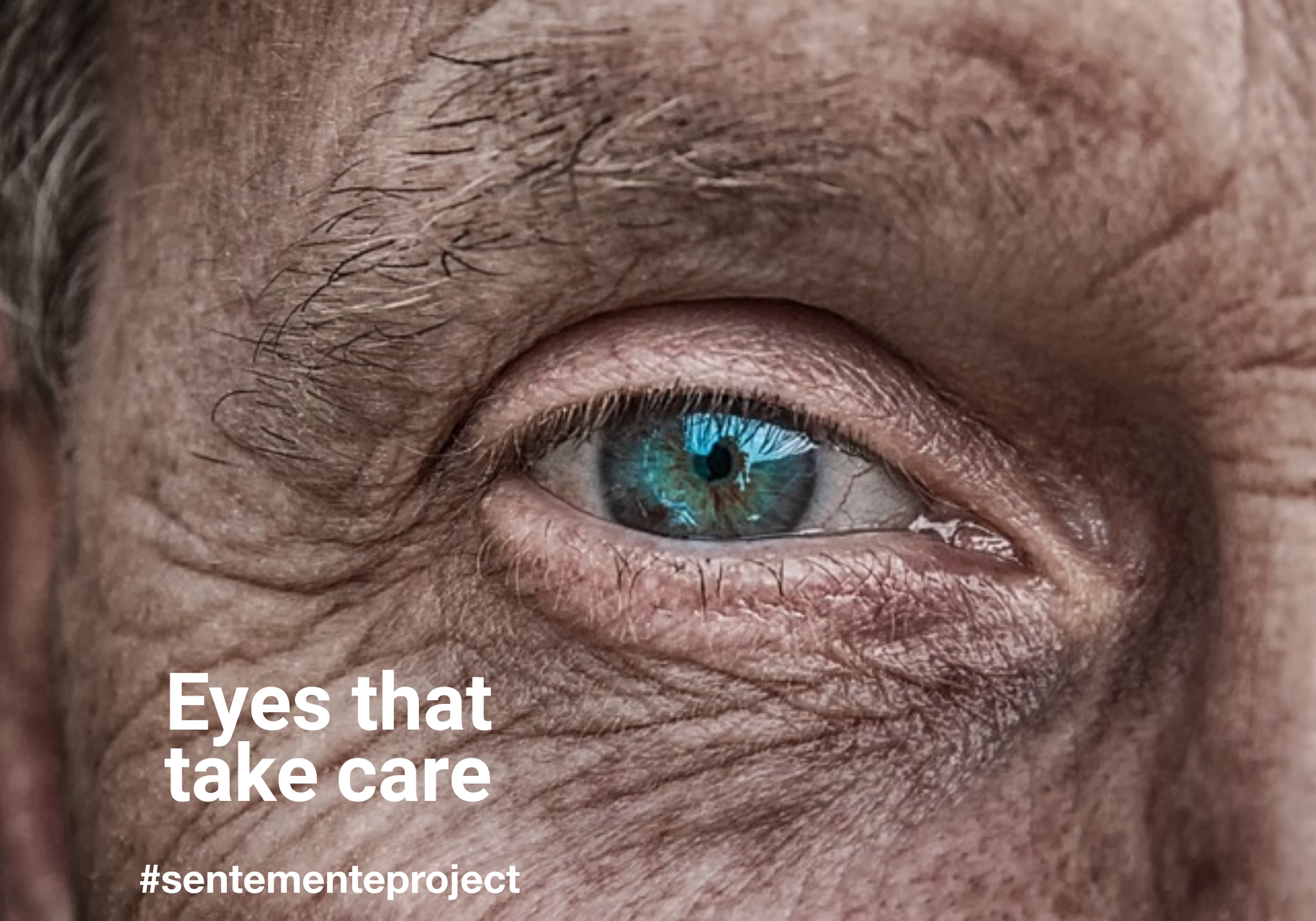When the diagnosis breaks into a person’s life and breaks through the walls of a family’s home, they begin to change the different nuances related to everyday life.
Living with an illness is certainly not simple and requires constant research into ideas and actions to live better despite the diagnosis. Not only in the family, but also in social life, the balance can be transformed. Just think of the theme of dementia and how, even today, it is referred to as “loss of ability and identity”. Because of the social fear of the disease and the lack of dissemination of possibilities, despite the diagnosis, more and more frustrating situations are created for those living with dementia and their families. It is therefore urgent to choose to go beyond the limits of the disease and shift our focus to avoid exclusion choices and actions. It is time to tear off labels such as sick or demented, because we are all human beings with our identity and not even dementia can take it away. As human beings we also have the responsibility to guarantee the dignity of each person and to better live social and care relationships where they can meet.
Recent scientific studies confirm that people living with dementia feel their emotions and those of the people around them and, as the Sente-Mind® Project says, the real experts of experience with dementia are theirs.
“I realized that Alzheimer’s was a degeneration of my brain, but not of my personality, of myself,” says Harry Urban, an extraordinary person who has been living with dementia for more than 15 years.
As creator of the Sente-Mind® Project I want to share on this page the importance of visual contact in the care relationship. From now on, between the lines, the word contact will host a dash between con-tatto to unveil the potential of this opportunity to meet.
As we often say “the eyes are the mirror of the soul” and the relationship with the person living with dementia starts here.
I’m here for you
When we talk about con-tact easily we immediately think of touch, but in the relationship with people who live with dementia, the first form of contact begins with the eye.
Even before the need to do something or communicate with words, we can meet in the look. The gaze is that moment in which our eyes meet and that place reflects what we have in our heart.
Meeting in the gaze is an opportunity that leaves room for existence.
Too many times in the social and care relationships one avoids the gaze of the other, sometimes it may be for fear of feeling vulnerable or for fear of feeling the pain of the other.
This fear, however, can be the beginning of a new possibility, that of training us courageously to meet the other feeling the emotions that arise from that moment.
Welcoming what we feel allows us to go beyond the labels and beyond the standards of beauty, because that moment reveals the authentic beauty of each person, the one that exists despite the diagnosis.
The awareness of the relationship passes from the eye and the visual contact can awaken in us the desire to live a wellness relationship, even before the action itself.
Before every gesture, the gaze can communicate: I am here for you.
In the past it was said to keep the distance, but as I usually say “in living distances we have built walls and today more than ever we are walled alive between these walls. It’s time to split that wall of routine and meet the other by welcoming his experience. “
Responsibility in fragility
With the look, therefore, we can not only admire the “landscapes of the soul” of the person, but we also restore dignity and individuality.
Just think about how it feels when someone talks to us and does not look at us or when someone passes by without even noticing that we are there.
People who live with dementia, more and more ask to meet their eyes, but also ask not to be looked at with a look full of pain, because beyond making them feel the emotion we are experiencing.
With simplicity and courage we can lead us into that meeting of looks that lives of the present moment, thus giving the strength of an authentic smile.
When we enter into relationships with others through our abilities and potentialities we can surprise ourselves, but also others … why? Because we are human beings.
Try this simple and powerful experience: every time you meet someone’s gaze, stop for a moment longer and without yourself and without but let your “best” meet “the best of the other”.


